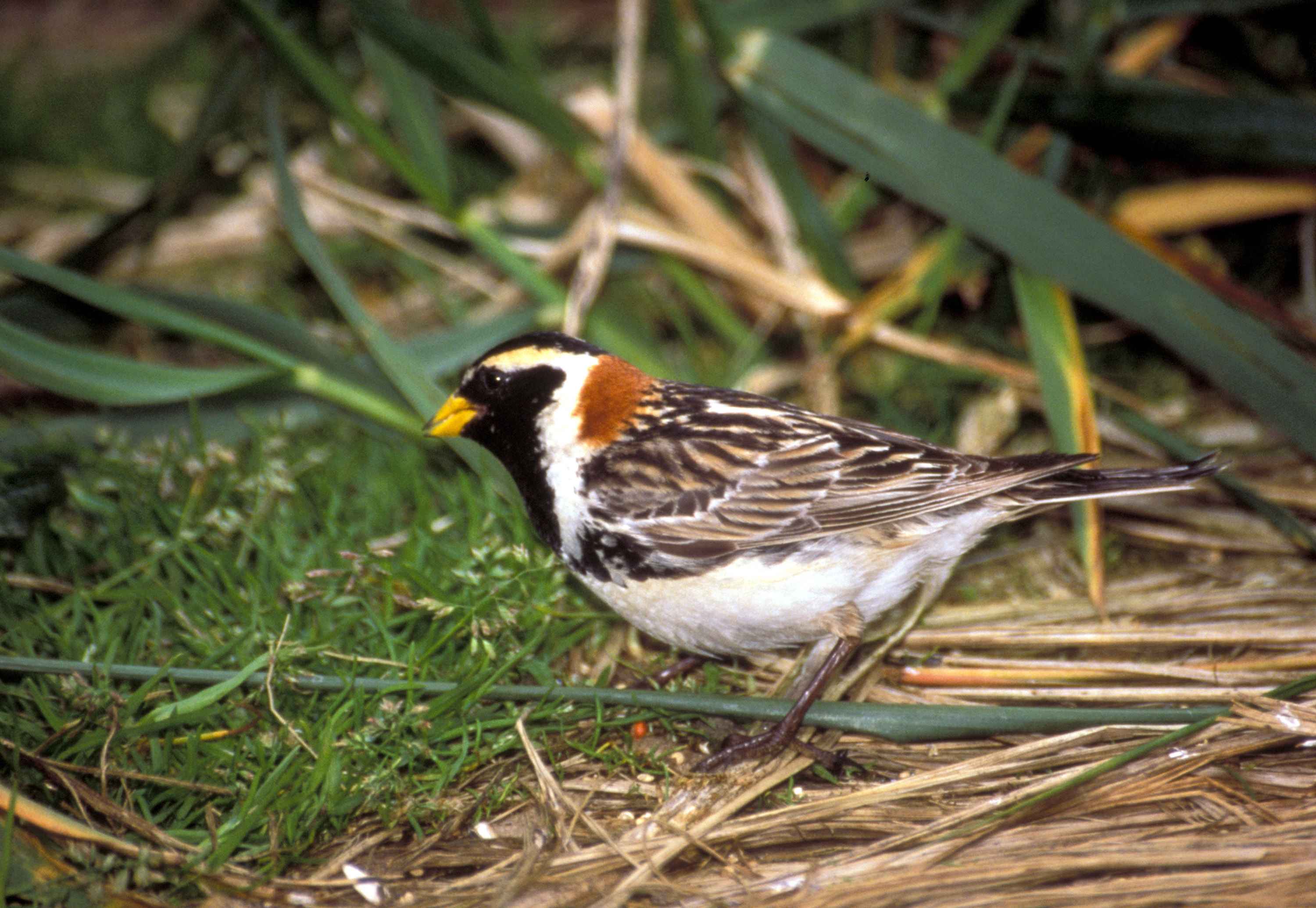Lappsparvens Calcarius lapponicus häckningsbiologi i Lappland
DOI:
https://doi.org/10.34080/os.v1.23088Nyckelord:
häckningsframgång, kullstorlek, häckningstider, territorialitet, predation, predator-bytesinteraktion, interaktion mellan predator och byte, födosöksekologiAbstract
We have studied a population of individually colour ringed Lapland Buntings at Ammarnäs, Swedish Lapland in 1984—1989. Pairs arrived together at the study site at the time of snow melting (late May to early June). Territorial behaviour (i.e. singing by the males) usually lasted about 10 days. In 1986 and 1987 males sang throughout the incubation period (20–25 days); in the latter year this may have been caused by extensive nest predation. Females were most often seen feeding close to their nests, while males were less confined to their territories. Some observations of territorial birds feeding together in flocks were made during the breeding season. The territory density at the study site was 29/km2 which is a slight increase compared to figures from before 1984. Egg-laying was highly synchronized and more than 75% of the females initiated their clutch within 6 days after the first egg in the first clutch was laid. The average clutch size decreased with progress of the breeding season (-0.057 eggs/day). Clutch size decreased with calendar day in a bi-phasic pattern, decreasing slowly between 28 May and 13 June (-0.02 eggs/day) and more rapidly between 14—20 June (-0.09 eggs/day). The average clutch sizes for these two periods differed significantly (5.59 vs. 5.02). The lower clutch size late in the season may at least partly be caused by younger females breeding later and having smaller clutches. Females that were known to be old (3K+) had significantly larger clutches than young (2K) and unringed (3K+) females (5.74 and 5.31, respectively). The former group (3K +) on average laid their first eggs on 11 June compared to 14 June for the latter (2K and 3K+). 53% of the females started to incubate before the clutch was complete, resulting in a 1-2 days hatching asynchrony. Nestlings remained in the nest until they were 10-11 days old. 92% of the unpredated eggs hatched and only 6 %of the nestlings died during the nest period. During five of the study years, 14% of the nests were predated. In the sixth year (1987), as much as 88% of the nests were lost by predation. Thus, predation seemed to have a rather low impact on the population during normal years. However, in the year after the large nest predation (1988) the density of breeding birds reached its minimum suggesting that at least short term effects can occur.
Nedladdningar

Downloads
Publicerad
Referera så här
Nummer
Sektion
Licens
Författaren/författarna innehar copyright för varje enskilt bidrag, men samtliga bidrag är publicerade under en Creative Commons-licens, så att vem som helst kan dela och återanvända bidraget förutsatt att copyright-innehavaren erkänns.







